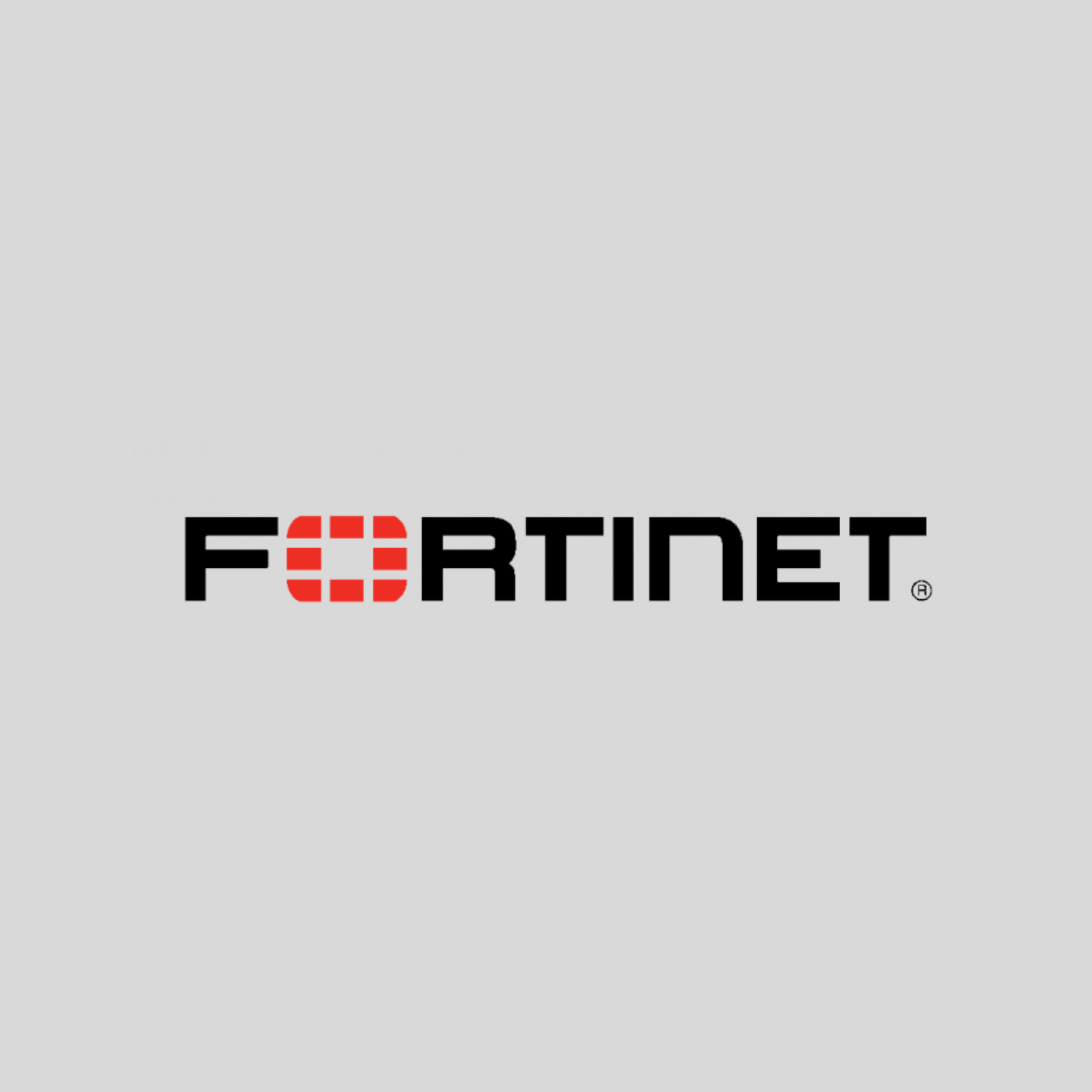Description
Who should attend
This course is intended for cybersecurity professionals responsible for planning, designing, and customizing FortiSOAR deployments, integrating FortiSOAR with FortiGate, FortiSIEM, and FortiMail, and FortiSOAR playbook design and development.
Prerequisites
Familiarity with Python programming, and the Jinja2 templating language for Python is required to benefit from this course.
Familiarity with the following Fortinet products is beneficial:
FortiGate Security- NSE4 (FORT-SECI)
FortiGate Infrastructure- NSE4 (FORT-INFRA)
FortiSIEM- NSE 5 (FORT-SIEM)
FortiMail – NSE 6 – Email Security (FORTIMAIL)
System Requirements– If you take the online format of this class, you must use a computer that has the following:
- A high–speed internet connection
- An up–to-date web browser
- A PDF viewer
- Speakers or headphones
One of the following:
- HTML5 support
- An up–to-date Java Runtime Environment (JRE) with the Java Plugin enabled in your web browser
You should use a wired Ethernet connection, not a Wi–Fi connection. Firewalls, including Windows Firewall or FortiClient, must allow connections to the online labs.
Course Objectives
After completing this course, you will be able to:
- Identify the role of FortiSOAR in a SOC environment
- Plan a FortiSOAR deployment
- Manage incidents and alerts in a SOC environment
- Explore, create, and customize dashboards
- Explore the structure of a template
- Create, customize, and analyze various dashboard widgets
- Create, customize, and publish modules
- Search for records and filter search records
- Analyze field–type options in the field editor
- Categorize playbook trigger types
- Build a user prompt from a manual trigger step
- Understand the basics of Jinja syntax
- Define variables and dictionaries in Jinja
- Configure step utilities within a playbook step
- Configure various core steps of a playbook
- Use the advanced editor within a playbook step
- Analyze the details of an approval record
- Review the connector store
- Understand connector configuration
- Configure different modes of data ingestion
- Configure data ingestion from FortiSIEM
- Install and configure connectors and apply them to a playbook
- Configure various utility steps
- Configure referenced playbooks
- Configure and use dynamic variables and values
- Use expressions to customize playbook input and outputs
- Use common Jinja filters and functions
- Use the json_query filter to extract data from complex data structures
- Configure for loop functions and if statements
Outline: FortiSOAR Design and Development – NSE 7 (FORT-SOAR)
- Introduction to FortiSOAR
- Dashboard Templates and Widgets
- Module Templates and Widgets
- Application Editor
- Dynamic Variable and Values
- Jinja Filters, Functions, and Conditions
- Introduction to Playbooks
- Playbook Core Steps
- Playbook Evaluate Steps
- Playbook Connectors, Data Ingestion, and Execution Steps




